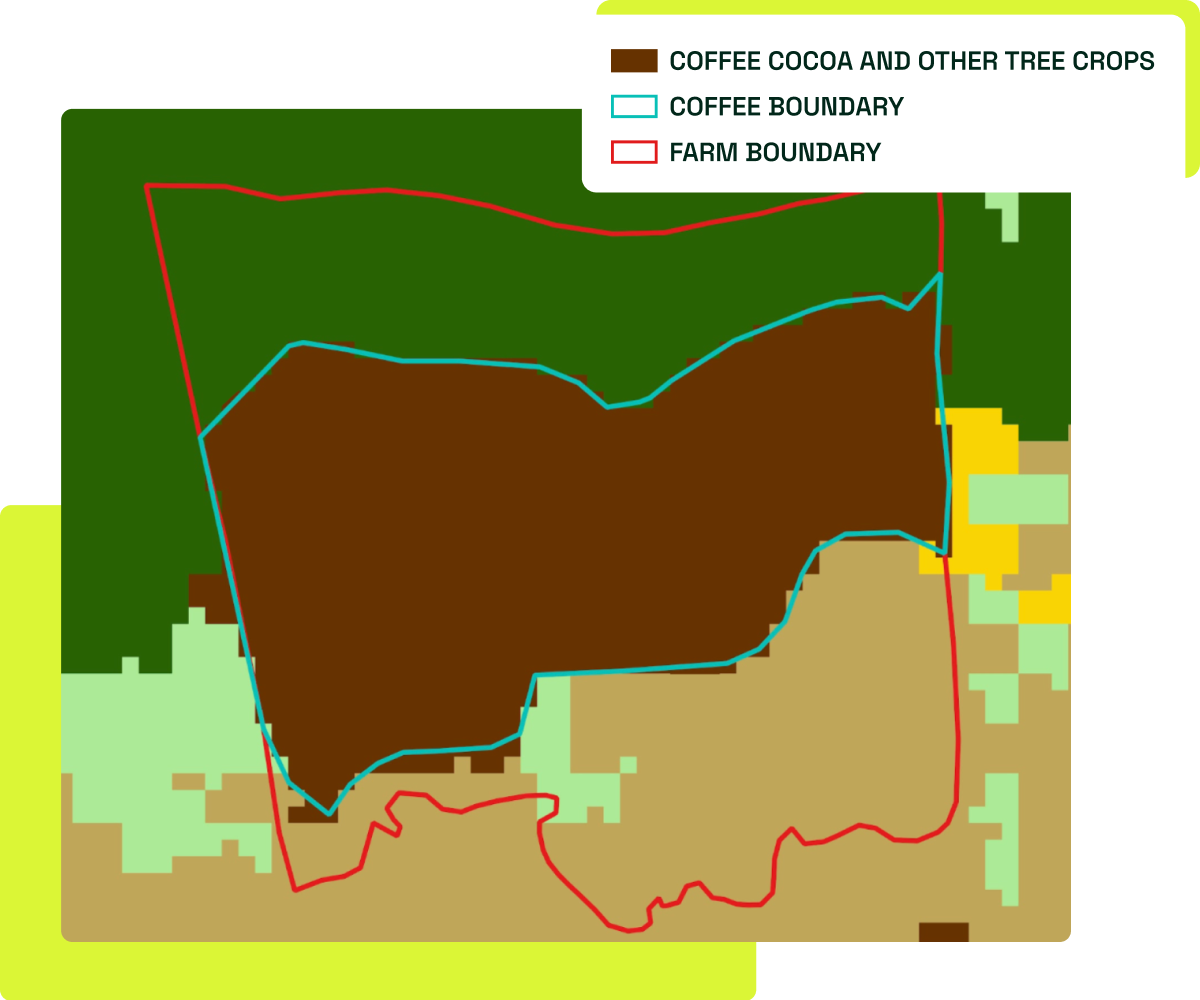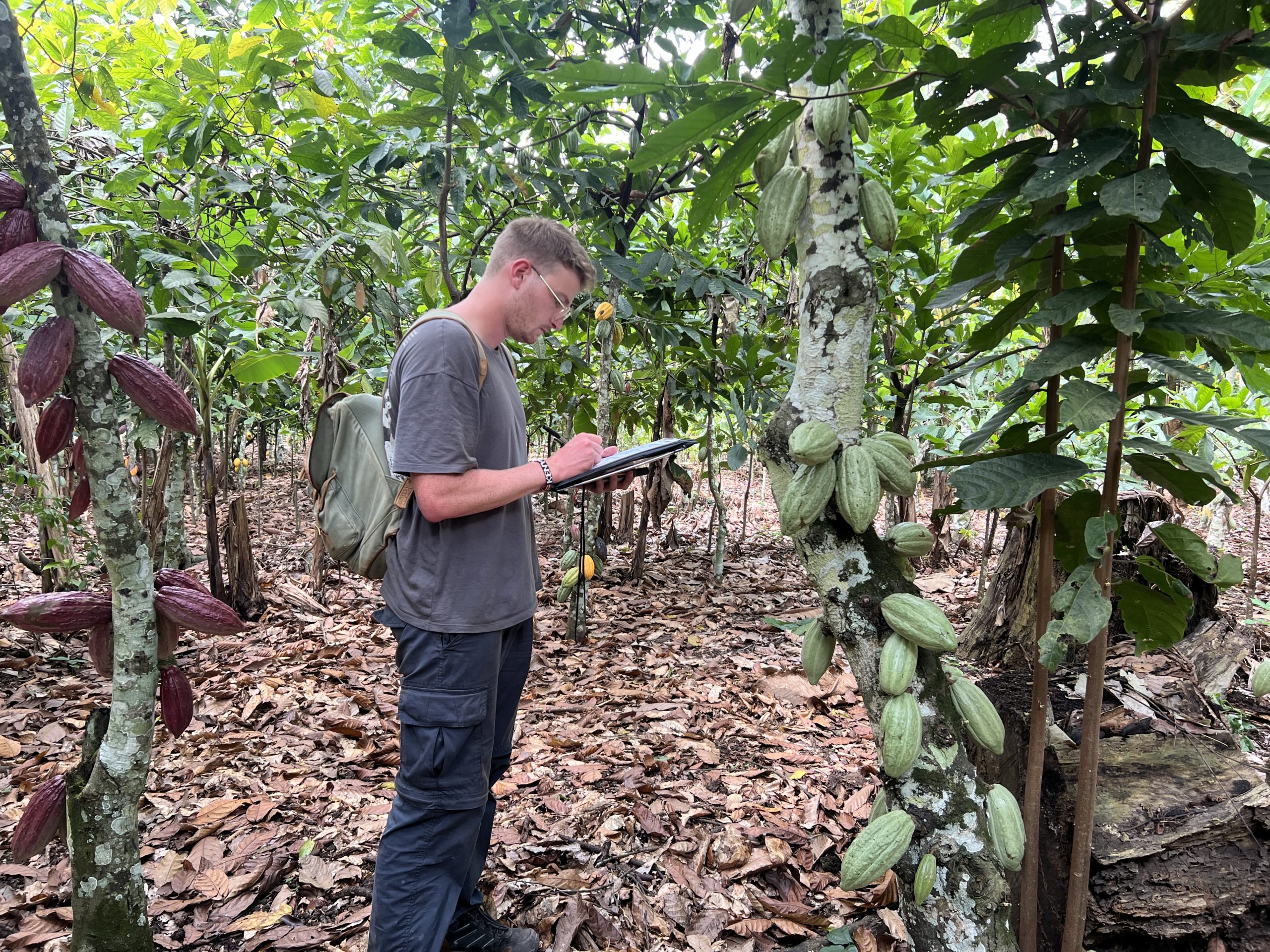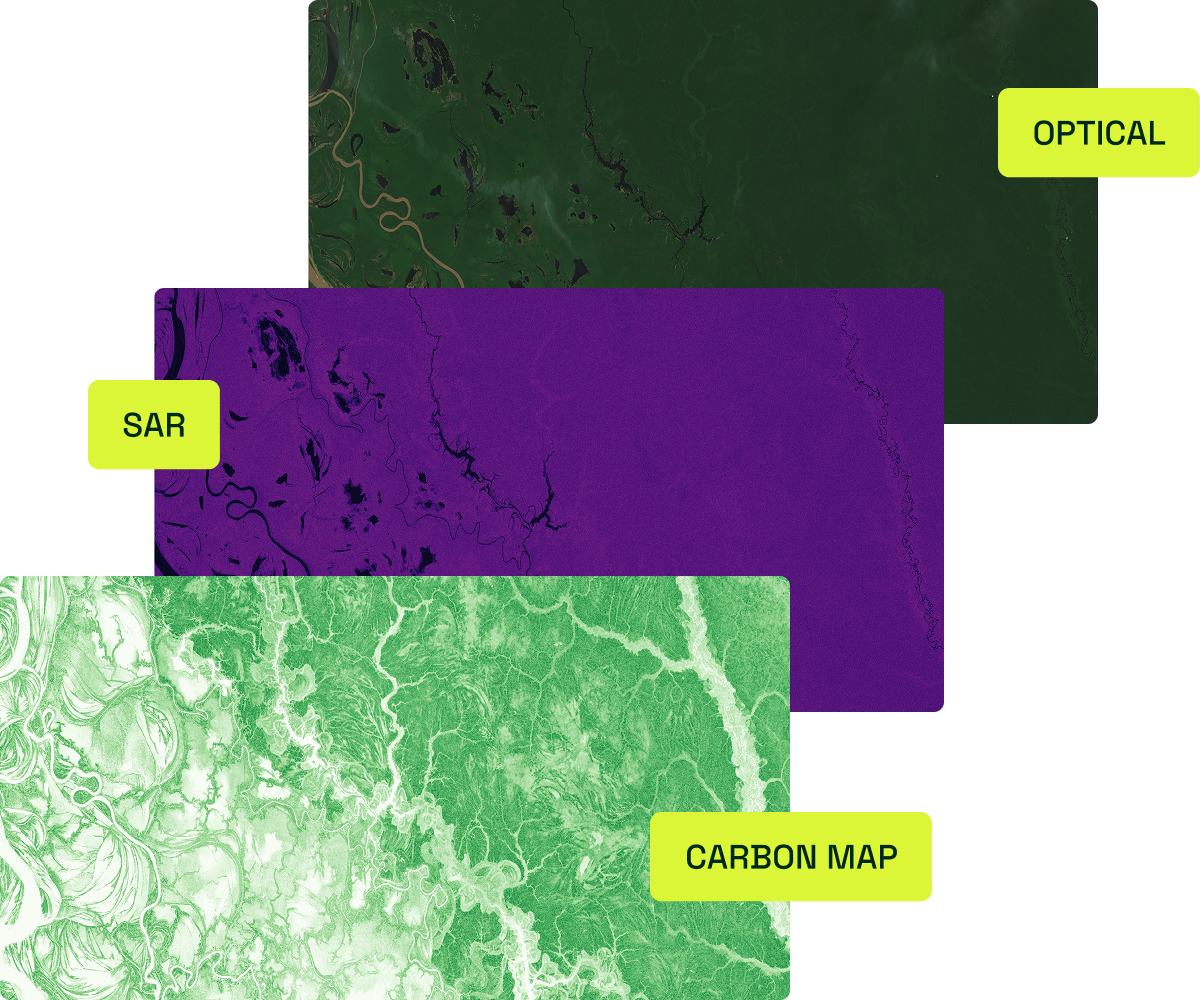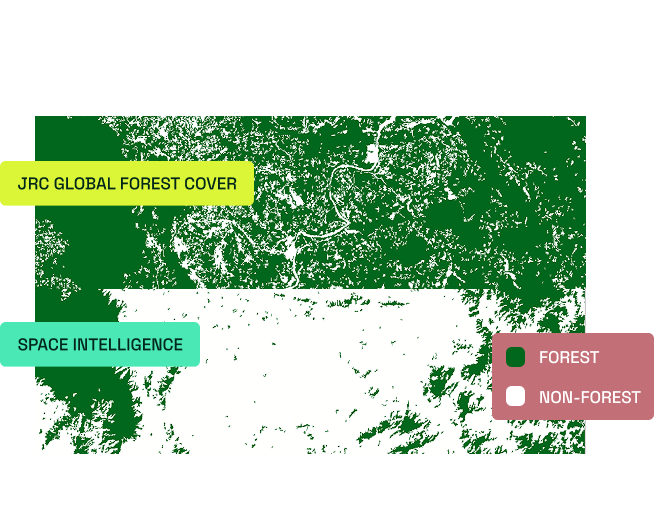Purpose-built Maps for Commodity Detection
Our land cover maps help support commodity traders and operators with their EUDR compliance obligations, and are specifically designed around the requirements of EUDR. We have developed maps covering over 50 countries specifically to meet the EUDR challenge.







